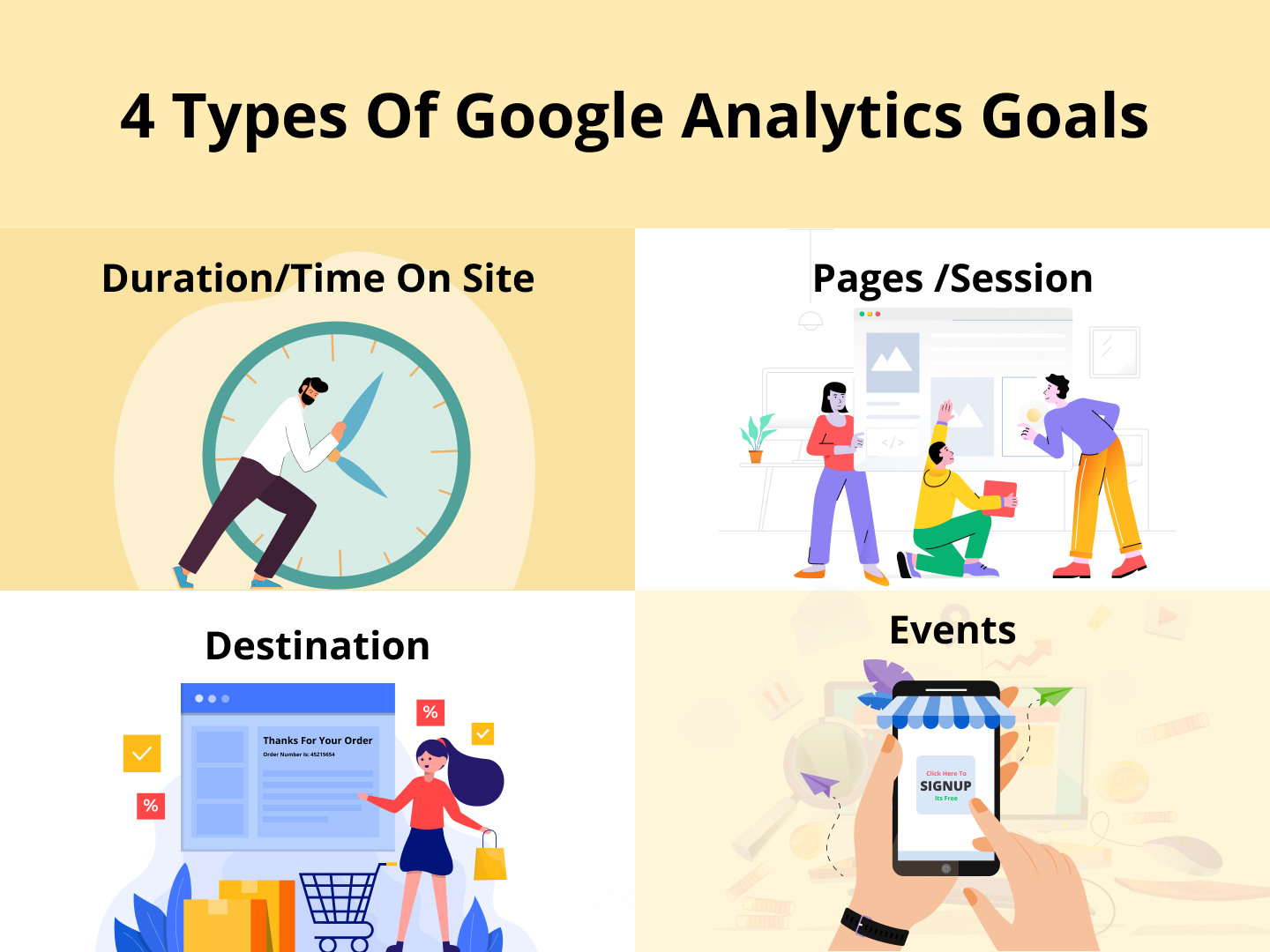What Data Is Google Analytics Goals Unable to Track: Discover the Limitations
What Data Is Google Analytics Goals Unable to Track: Discover the Limitations
Blog Article
Discover the Limitations of Google Analytics Goals: Introducing the Information Types That Remain Untrackable
As businesses increasingly count on data-driven decision-making, recognizing the limitations of devices like Google Analytics ends up being paramount. While Google Analytics Goals deal useful understandings right into individual interactions, there exist information types that thwart tracking, posing difficulties to an extensive understanding of customer behavior. These untrackable data kinds raise concerns about the precision and completeness of the analytics data that organizations greatly rely upon for their digital approaches. Interested to discover the concealed blind spots in your data evaluation process?
Insufficient Individual Trip Tracking
Incomplete customer trip monitoring within Google Analytics can prevent the capacity to properly assess user behavior. When the customer trip is not completely tracked, there are spaces in the data that stop a detailed understanding of just how individuals engage with a site. This absence of insight can cause missed chances for optimization and enhancements to the user experience.
One typical concern with incomplete user journey monitoring is the failure to see the complete path that individuals take before completing an objective or leaving the site. Without this info, it is challenging to recognize where customers may be experiencing obstacles or rubbing points that prevent them from transforming. Furthermore, incomplete monitoring can obscure the effect of specific marketing initiatives or website changes on customer actions.
To address this limitation, it is essential to establish up appropriate monitoring mechanisms within Google Analytics to capture the whole user journey. This might entail establishing up occasion monitoring, objective funnels, or making use of devices like Google Tag Manager to ensure that no essential interactions go unrecorded. By gaining an extensive sight of the user trip, website owners can make even more informed choices to boost user engagement and drive conversions.
Acknowledgment Obstacles
Navigating through acknowledgment obstacles in Google Analytics calls for an extensive understanding of exactly how different touchpoints add to the total conversion procedure. Acknowledgment difficulties develop from the complexity of contemporary client trips, where individuals engage with several networks prior to transforming.
One usual acknowledgment obstacle is the problem in attributing conversions to the right source, particularly in cases where individuals communicate with numerous channels before transforming. In addition, cross-device tracking poses one more acknowledgment obstacle, as individuals usually switch over between gadgets throughout their journey, making it testing to track their interactions flawlessly.
Offline Conversions
Provided the obstacles connected with associating conversions accurately in online networks, the dimension of offline conversions provides a considerable opportunity for marketing professionals seeking an extra detailed understanding of their consumers' journey. Offline conversions describe actions that consumers take in the real world, such as making purchases in brick-and-mortar stores or over the phone, going to occasions, or engaging with printed materials - what data is google analytics goals unable to track. These conversions are important for services that operate both look at here now online and offline, as they provide valuable understandings right into the efficiency of marketing campaigns across various touchpoints
Tracking offline conversions typically positioned a significant challenge for marketing experts, as it was challenging to attach these activities back to particular on-line communications accurately. Nevertheless, with improvements in innovation, such as the combination of CRM systems, special identifiers, and voucher codes, companies can currently link the void between online and offline information to gain a more alternative view of consumer actions. By effectively measuring offline conversions, marketing her response professionals can optimize their methods, designate resources much more effectively, and inevitably boost the general customer experience.
Cross-Device Tracking
Cross-device monitoring plays a critical function in understanding the interconnected nature of customers' digital interactions across several gadgets. In today's omnichannel world, where individuals flawlessly change between mobile phones, desktop computers, and tablets, tracking their behavior throughout these tools is necessary for marketing professionals to get a comprehensive sight of their customer journey.

In addition, privacy issues and policies such as GDPR and CCPA have better difficult cross-device monitoring. With users requiring more control over their data and enhanced restrictions on tracking innovations, online marketers need to locate innovative and privacy-compliant ways to connect user interactions throughout devices.
Dynamic Material Involvement
Recognizing individual engagement with dynamic web content is crucial in maximizing electronic advertising and marketing methods for boosted target market communication. Dynamic material refers to website components that transform based upon individual behavior, choices, or other elements, using a customized experience. However, tracking user communications with vibrant content positions obstacles for typical analytics devices like Going Here Google Analytics.
While Google Analytics can track standard interactions like clicks and web page sights, it may have a hard time to capture more nuanced engagements within vibrant content. what data is google analytics goals unable to track. Metrics such as time invested in certain vibrant components, hover actions, or communications within pop-ups are commonly not conveniently measurable making use of conventional monitoring techniques. This constraint prevents marketing experts' capability to totally comprehend how individuals are involving with dynamic material and tailor their approaches appropriately

Verdict
Finally, Google Analytics goals have constraints in tracking insufficient individual trips, connecting conversions precisely, capturing offline conversions, tracking cross-device interactions, and gauging dynamic content engagement. These constraints highlight the relevance of discovering additional tracking approaches and devices to gain an extra thorough understanding of user behavior and conversions beyond what Google Analytics can provide.
While Google Analytics Goals offer beneficial insights into user communications, there exist information kinds that thwart monitoring, posturing obstacles to a thorough understanding of customer habits.Incomplete individual trip monitoring within Google Analytics can hinder the capacity to properly assess user behavior. When the user journey is not fully tracked, there are gaps in the information that stop an extensive understanding of how individuals engage with a web site.One common concern with insufficient individual journey monitoring is the inability to see the complete path that individuals take previously completing an objective or leaving the website. By getting a comprehensive view of the user trip, web site owners can make even more educated decisions to improve user involvement and drive conversions.
Report this page